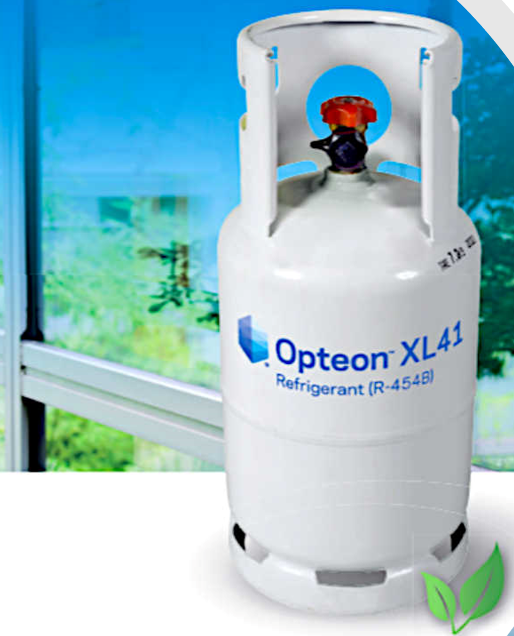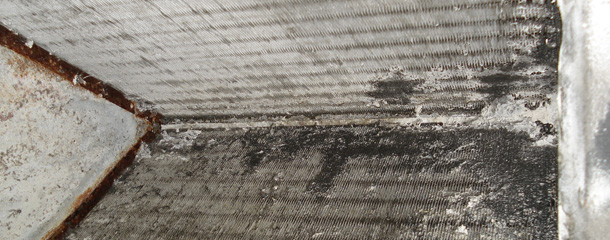Get Tech Tips
Subscribe to free tech tips.
What is the Difference Between ACH & ACH50?

This photo is of a blower door test we performed at my own house using a Retrotec blower door. You will notice the 15-passenger van outside the window, which is a dead giveaway.
A blower door is used to measure the tightness of a building and is often discussed in terms of an ACH50 number. Many will simply refer to that as the “blower door number.”
What is this secret number, and what does it mean?
In the HVAC and building performance industry, you will hear the terms CFM (cubic feet per minute), ACH (air changes per hour), and ACH50 (air changes per hour at 50 pascals) thrown around a lot, and you must understand their differences.
CFM
CFM is a measurement of volume (not mass) flow rate, the cubic feet of air moving per minute. To convert CFM to cubic feet per hour, you simply multiply by 60. To convert cubic feet per hour to CFM, you divide by 60. When measuring airflow, we generally convert air velocity (speed) to CFM by simply measuring the velocity (FPM) and multiplying that by the opening we are measuring.
For example, if we measure an air velocity in a duct of 700 FPM (feet per minute) and the duct is 24″ x 24″ (2'x 2′), that square footage would be 4 x 700 = 2,800 CFM (cubic feet per minute). If we needed to calculate cubic feet per hour, we would multiply that by 60 (minutes in an hour), and the result would be 2,800 CFM x 60 = 168,000 CFH (cubic feet per hour)
ACH
As we discussed in a recent article, we often use air changes per hour to calculate ventilation requirements for a room or structure. Imagine a dining room that requires five air changes per hour (CFH) for proper ventilation. If that dining room were 10′ x 10′ x 10′, that would equal 1,000 cubic feet of internal volume in the space. That means that we would need to provide that room with 5,000 cubic feet of “new” air every hour to hit that number. 5,000 CFH ÷ 60 minutes per hour = 83.33 CFM of airflow to hit that target.
When discussing ACH within a space for ventilation, it can often get confused with discussing ACH with outdoor ventilation air for healthy air dilution via mechanical ventilation or with undesigned infiltration through a loose envelope shell.
ACH for ventilation of specific rooms within a structure, ACH for designed outdoor air ventilation, and ACH50 for envelope infiltration testing should not be mixed up, or you will find yourself being very confused.
These ACH measurements are simply a calculation of the cubic volume of a space divided by air volume moving in and out of a space in an hour. Here are the real questions:
- Is the air from inside the structure or outside of the structure?
- When/how is it being brought in?
ACH50
A blower door is used primarily to measure the infiltration of outdoor air into a structure—to compare the “tightness” of one structure to another. The common standard for measurement is 50 pascals of negative pressure in the structure in reference to the outside.
In other words, you use a big fan placed in an exterior door with a fine-tuned manometer, and you run the fan at a rate that gets the building down to 50 pascals of negative pressure. You then calculate how much air is moving through the blower (in CFM) and convert CFM to CFH by multiplying by 60. You calculate the internal cubic feet of the structure and divide that number into the calculated CFH to come up with the ACH50 number. This is simply the air changes per hour of the structure at 50 pascals of negative pressure. A higher number means more infiltration (loose), and a lower number means less infiltration (tight).
This ACH50 number ONLY applies when the house is under a pretty strong negative pressure; it doesn't actually tell you how much air is moving in and out of the space under normal operating conditions.
—Bryan
P.S. – For those of you wondering, my house has an ACH50 # of 3.2. While this isn't great by building performance practitioner standards, I'm happy with it—and as the great philosopher Cheryl Crow said, “If it makes me happy, it can't be that bad.”










Comments
To leave a comment, you need to log in.
Log In